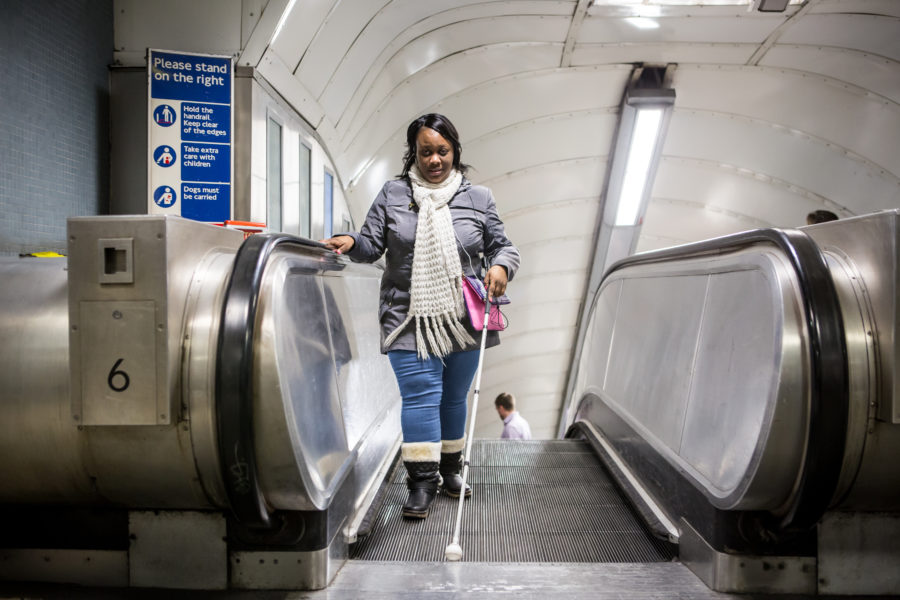6 Reasons Wayfindr is an Open Standard, not an App

When ustwo and the RLSB Youth Forum started working on the project which became Wayfindr, we saw the solution as an app. As our understanding of what we needed to do developed, we made the decision to move further than an app and to develop an Open Standard instead. Here’s why:
1 – We want to stay neutral
In order to build the Open Standard we need to work with lots of different stakeholders. We need them to help us test the Open Standard, to offer their buildings to be used in trials, and to be part of our Community. We want to create a space for them to join forces so that we can create the Open Standard together.
2 – Ensure blind people have a consistent, seamless experience
In order to build confidence in the technology, vision impaired people need a level of consistency across every navigation app that they use. If the directions, e.g. the timing and language, vary from one service to another, and between each environment, then users could become confused. Creating an Open Standard will allow anyone who builds an audio-based navigation app to be working with the same tools to ensure that no matter where the user is, or where they’re going, they will get the same experience – every time.
3 – To build trust across services
When you use a Sat Nav and it tells you to turn left when there’s no visible turning you know that you don’t – immediately – have to make that turn. If you are partially sighted or blind then this is more difficult. A user has to be able to trust that the instructions that they have been given are correct every time they use it. Our rigorous testing and iterative design ensures that this will be the case. Every user will be able to navigate in the same way, with any product made using the Open Standard.
4 – There are already amazing navigation products available
There are already various mainstream navigation apps on the market. Rather than try and compete with them we decided that it would be better to take our own expertise and use it to work with them to achieve our goal. By creating an Open Standard it means that these companies can use it to build audio-navigation into already existing apps. Which leads to…
5 – Giving vision impaired people as much choice as anyone else
We don’t want to limit VI people to using just one app. Accessibility shouldn’t be the only reason that they use it. They should want to use an app, or service – because it’s right for them – or because they like the company that has made it, not because it’s the only thing available.
6 – We want Wayfindr to go global
We are a small team with big dreams – we know Wayfindr has the potential to change millions of lives and we can’t expect to do that alone. Also, we don’t want to just limit it to VI people, anyone could use it if they need help navigating an unfamiliar and busy train station, or a large shopping mall. We want to give people the tools to take this forward and make it go global.
You can explore the standard further here.
Our team combines the digital product and user centred design expertise of ustwo, with the Royal London Society for Blind People’s 175 years of experience working with blind people.